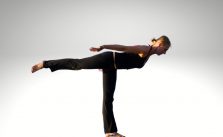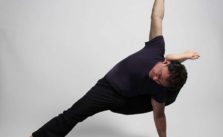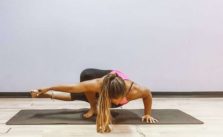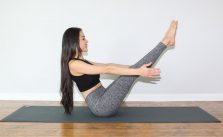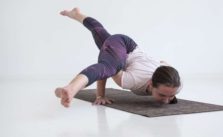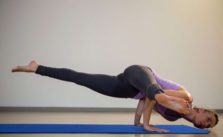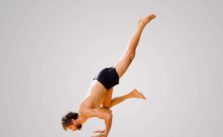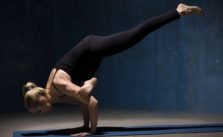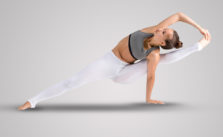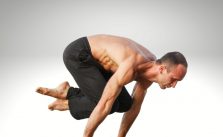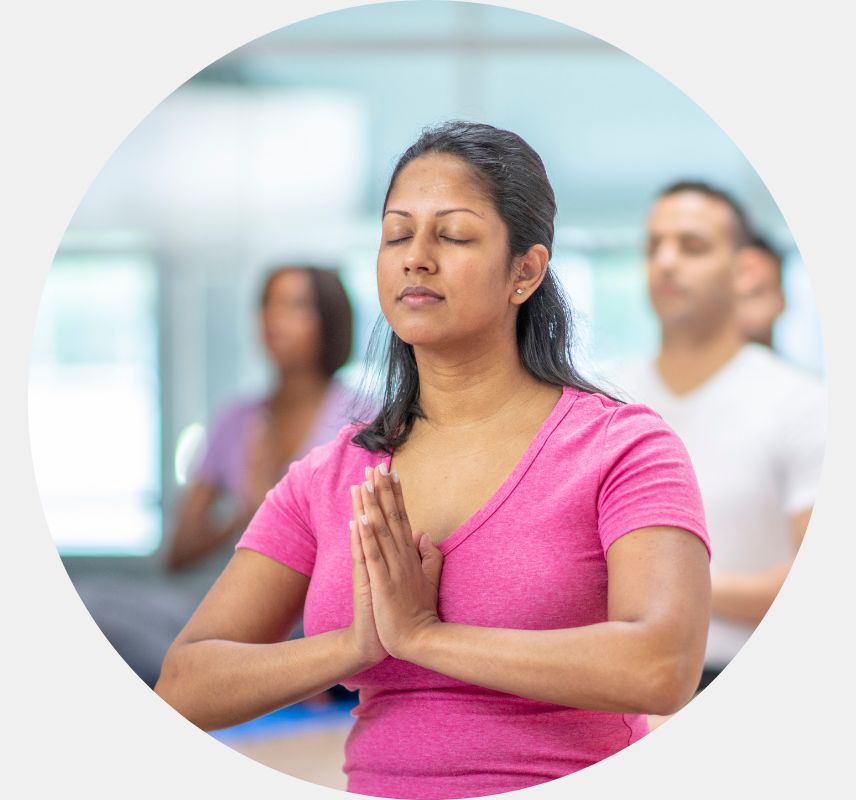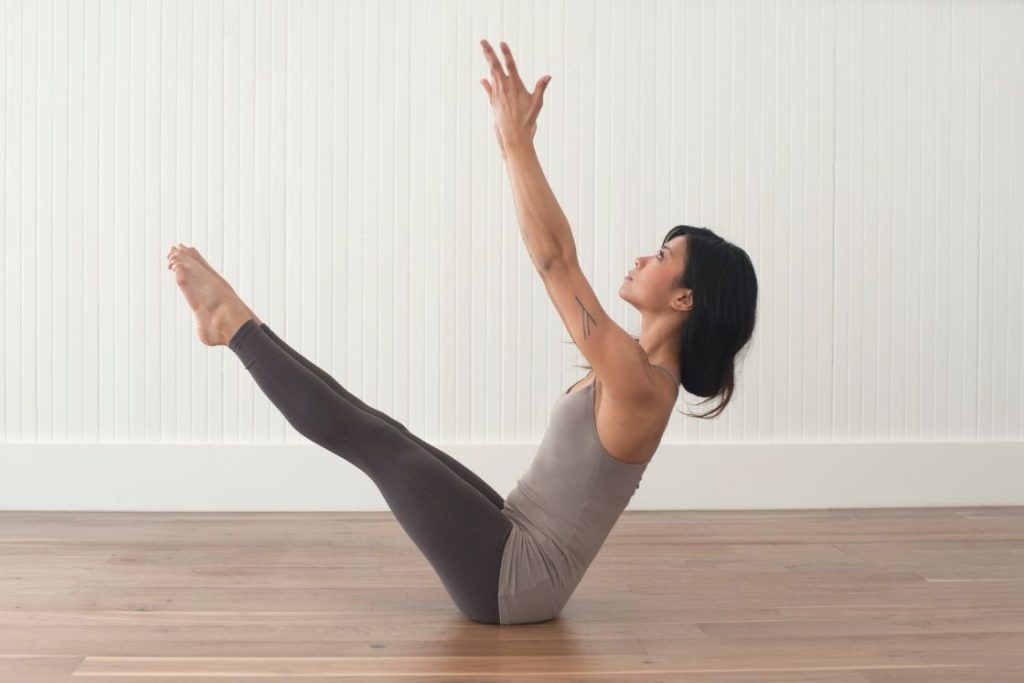
Balancing yoga poses are a type of posture that requires the practitioner to find stability and equilibrium in a variety of positions, often on one leg or arm. These poses challenge balance, strength, focus, and coordination, helping to improve overall physical and mental stability.
Balancing poses can range from basic to advanced, and often require practice and patience to master. There are a variety of balancing yoga poses, including standing, seated, and arm balances, each with its own unique benefits and challenges.
The poses in arm balance yoga significantly affect the shoulders and arm muscles. These poses also stretch the lower body and strengthen the core in addition to the arms and shoulders. This helps to develop the body’s general strength and balance while strengthening the core.
List of Balancing Yoga Poses
Balancing yoga poses are a group of asanas that help improve balance, coordination, and concentration, while also strengthening the muscles of the legs, core, and upper body. These poses require a combination of strength, flexibility, and focus to achieve the desired pose.
There are 27 different balancing poses in yoga that we have listed below. Each pose offers unique benefits to the body and mind, including improved posture, stability, and mental clarity. Click on each pose to explore step-by-step instructions, modifications, and precautions.
Benefits of Balancing Yoga Poses
- Develops overall body balance and stability: Balancing poses require concentration and coordination, which help to develop balance and stability in the entire body.
- Strengthens leg muscles: Balancing poses typically involve standing on one leg, which helps to strengthen the muscles in the legs and feet.
- Improves focus and concentration: Balancing poses require mental focus and concentration, which can help to improve cognitive function and mental clarity.
- Increases core strength: Balancing poses engage the core muscles, which helps to improve core strength and stability.
- Improves posture: Balancing poses require good alignment and posture, which can help to improve overall posture and alignment in daily life.
- Builds self-confidence: Successfully holding a balancing pose can increase self-confidence and self-esteem, as well as develop a sense of inner strength and resilience.
Tips to practice Balancing Poses
By following the below tips, you can begin to practice arm balancing poses with less difficulty:
- Focus on a fixed point: Find a point on the wall or ground to gaze at. This helps to maintain balance and focus. For example, in the tree pose, one can focus on a point on the wall to maintain balance.
- Engage your core: Engaging your abdominal muscles helps to stabilize the body. For example, in the boat pose, one can engage their core muscles to hold the pose.
- Distribute your weight evenly: Balance your weight evenly on both feet or hands. In arm balancing poses, distribute your weight evenly across your hands and wrists. For example, you can try pushing down into the L of the index finger and thumb, which will help shift more weight onto the inside margins of your hands and wrists, resulting in more equal force distribution.
- Use props: Blocks, straps, and bolsters can help to provide support and balance. For example, in the dancer’s pose, one can use a strap to hold the foot and maintain balance.
- Practice regularly: Regular practice of balancing poses helps to improve balance and stability. For example, practising the tree pose regularly helps to improve balance over time.
- Breathe deeply and evenly: Deep and even breathing helps to calm the mind and maintain focus. For example, in the half-moon pose, one can take deep and even breaths to maintain balance.


